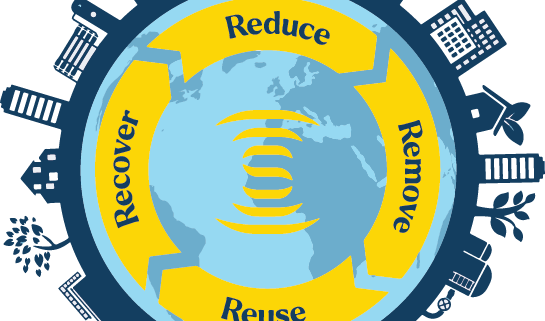Design-Build Water Reuse
In the pursuit of sustainable water management, design-build water reuse projects are emerging as innovative solutions to address the pressing challenges of water scarcity and pollution. By integrating engineering expertise with holistic design principles, these projects harness the potential of water reuse to transform wastewater into a valuable resource. In this blog, we explore the concept of design-build water reuse, its benefits, implementation strategies, and the transformative impact it holds for creating more resilient and sustainable water systems.
Understanding Design-Build Water Reuse
Design-build water reuse involves a collaborative approach that integrates the design, construction, and operation of water reuse systems into a single, streamlined process. Unlike traditional project delivery methods that separate design and construction phases, design-build projects leverage interdisciplinary teams to optimize efficiency, minimize costs, and accelerate project delivery.
The Benefits of Design-Build Water Reuse
Enhanced Collaboration and Efficiency
Design-build projects foster collaboration between designers, engineers, contractors, and stakeholders from project inception to completion. By integrating diverse perspectives and expertise, these projects streamline decision-making processes, reduce project timelines, and enhance overall efficiency.
Customized Solutions and Innovation
Design-build approaches allow for flexibility and creativity in developing tailored water reuse solutions to meet specific project goals and site constraints. By fostering innovation and adaptive design principles, design-build projects can incorporate cutting-edge technologies and best practices to optimize system performance and maximize resource recovery.
Cost Savings and Risk Management
Design-build delivery methods offer potential cost savings by minimizing change orders, reducing project delays, and optimizing construction schedules. By bundling design and construction services under a single contract, design-build projects streamline project management and mitigate risks associated with coordination errors and communication breakdowns.
Strategies for Implementing Design-Build Water Reuse
Comprehensive Needs Assessment
Thorough site assessments and stakeholder engagement are essential for understanding project requirements, identifying water reuse opportunities, and defining project objectives. Conducting feasibility studies and risk assessments can help inform decision-making and guide the development of cost-effective and sustainable water reuse solutions.
Integrated Design and Planning
Integrating design and planning processes from the outset enables project teams to consider multiple factors, including site conditions, regulatory requirements, water quality objectives, and end-user needs. Adopting a holistic approach to design and planning facilitates the development of resilient and adaptable water reuse systems that optimize resource utilization and minimize environmental impacts.
Performance Monitoring and Optimization
Continuous monitoring and evaluation of water reuse systems are critical for ensuring operational efficiency, maintaining water quality standards, and identifying opportunities for optimization. Implementing robust monitoring protocols and data management systems enables project teams to track system performance, identify trends, and make informed decisions to enhance system reliability and effectiveness.
Conclusion: Shaping a Sustainable Water Future
Design-build water reuse projects represent a paradigm shift in water management, offering integrated solutions to address water scarcity, enhance resilience, and promote environmental sustainability. By leveraging interdisciplinary collaboration, innovative design principles, and adaptive management approaches, these projects have the potential to transform wastewater into a valuable resource for communities, industries, and ecosystems.
As we confront the challenges of a rapidly changing world, embracing design-build water reuse approaches is essential for creating resilient, resource-efficient water systems that meet the needs of present and future generations. Through strategic planning, stakeholder engagement, and a commitment to innovation, we can harness the power of design-build water reuse to build a more sustainable and water-secure future for all.


